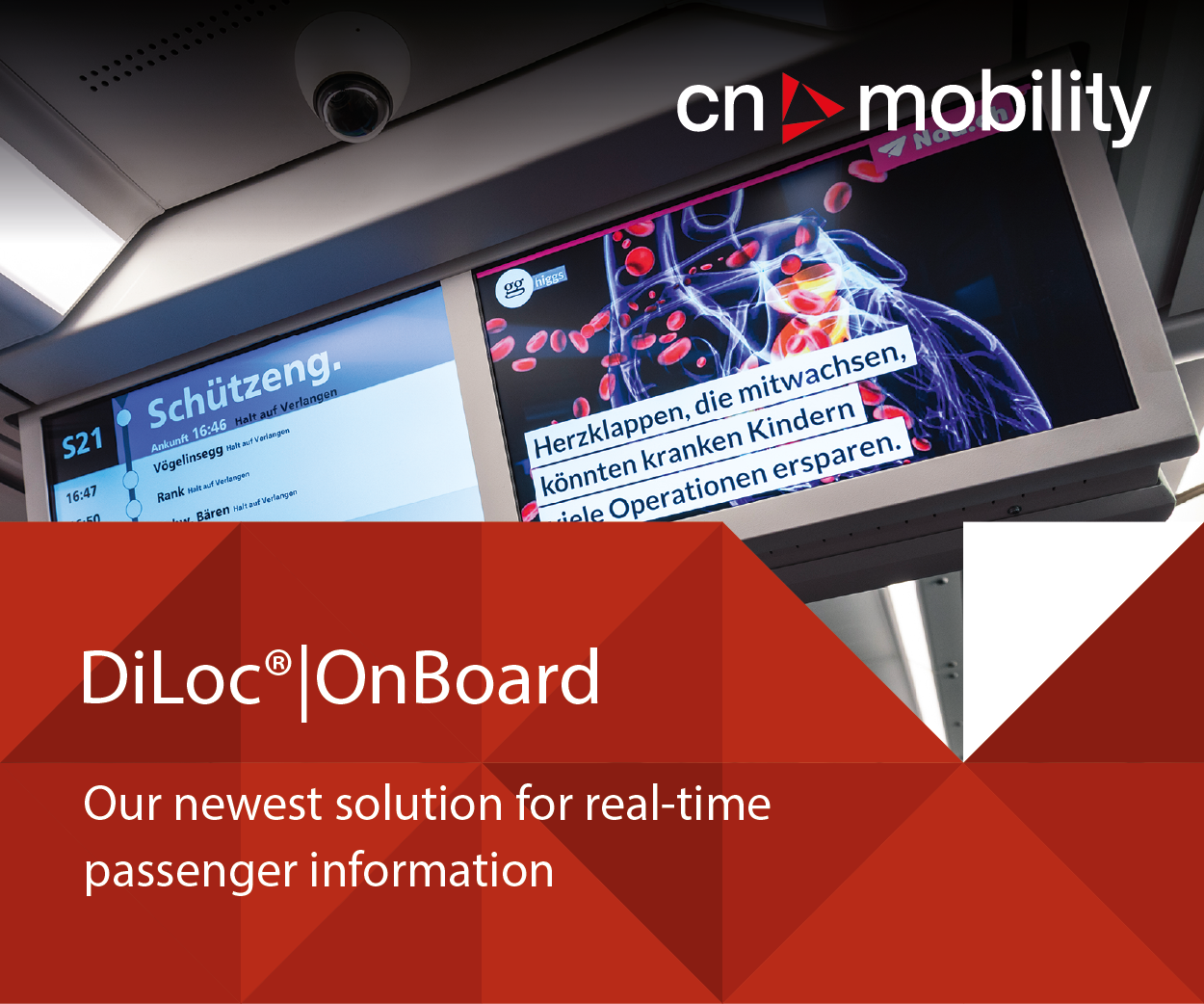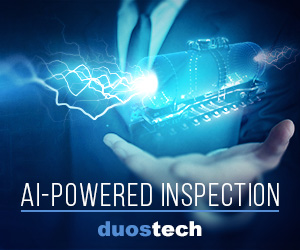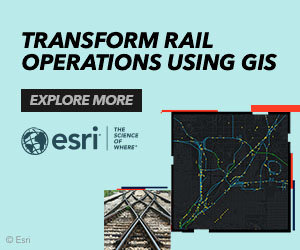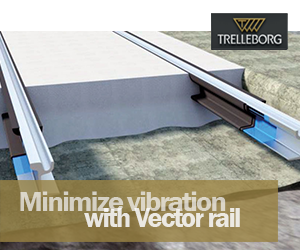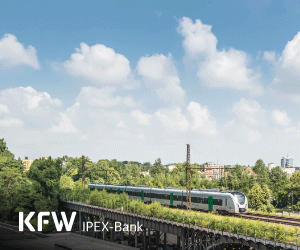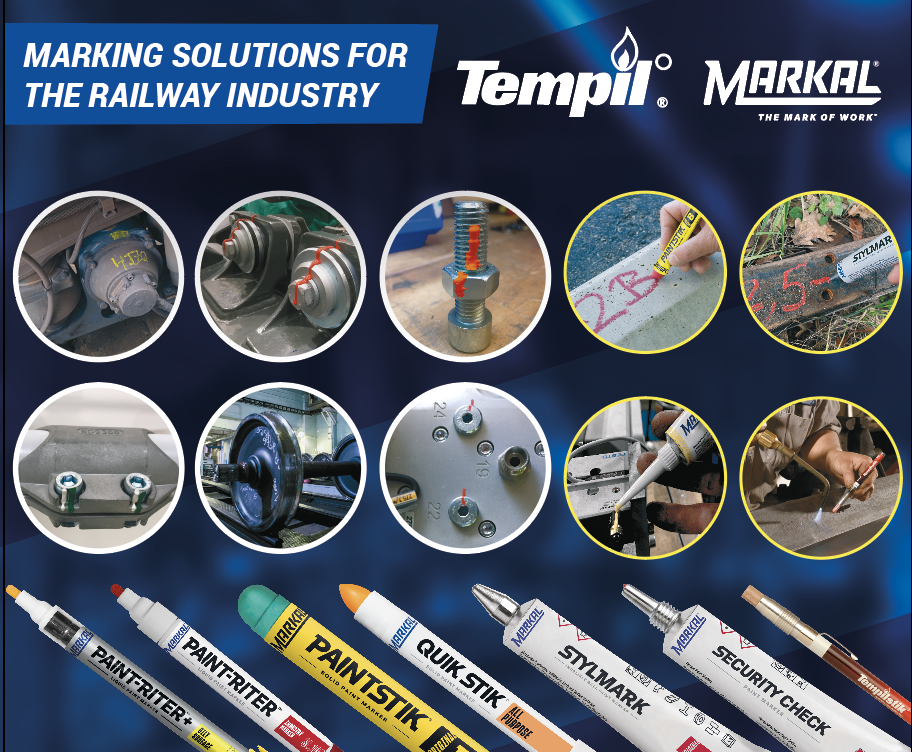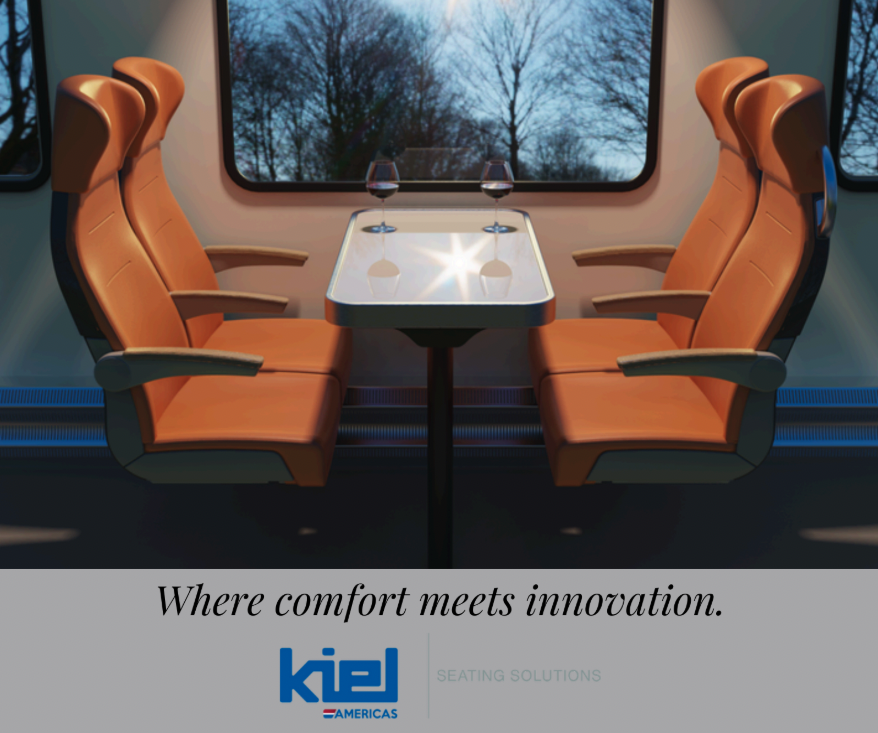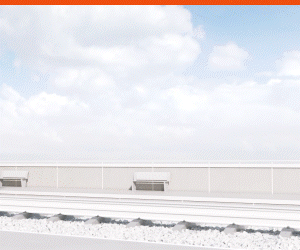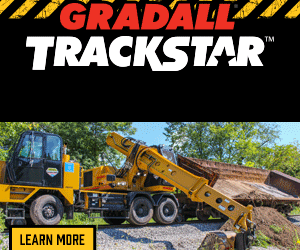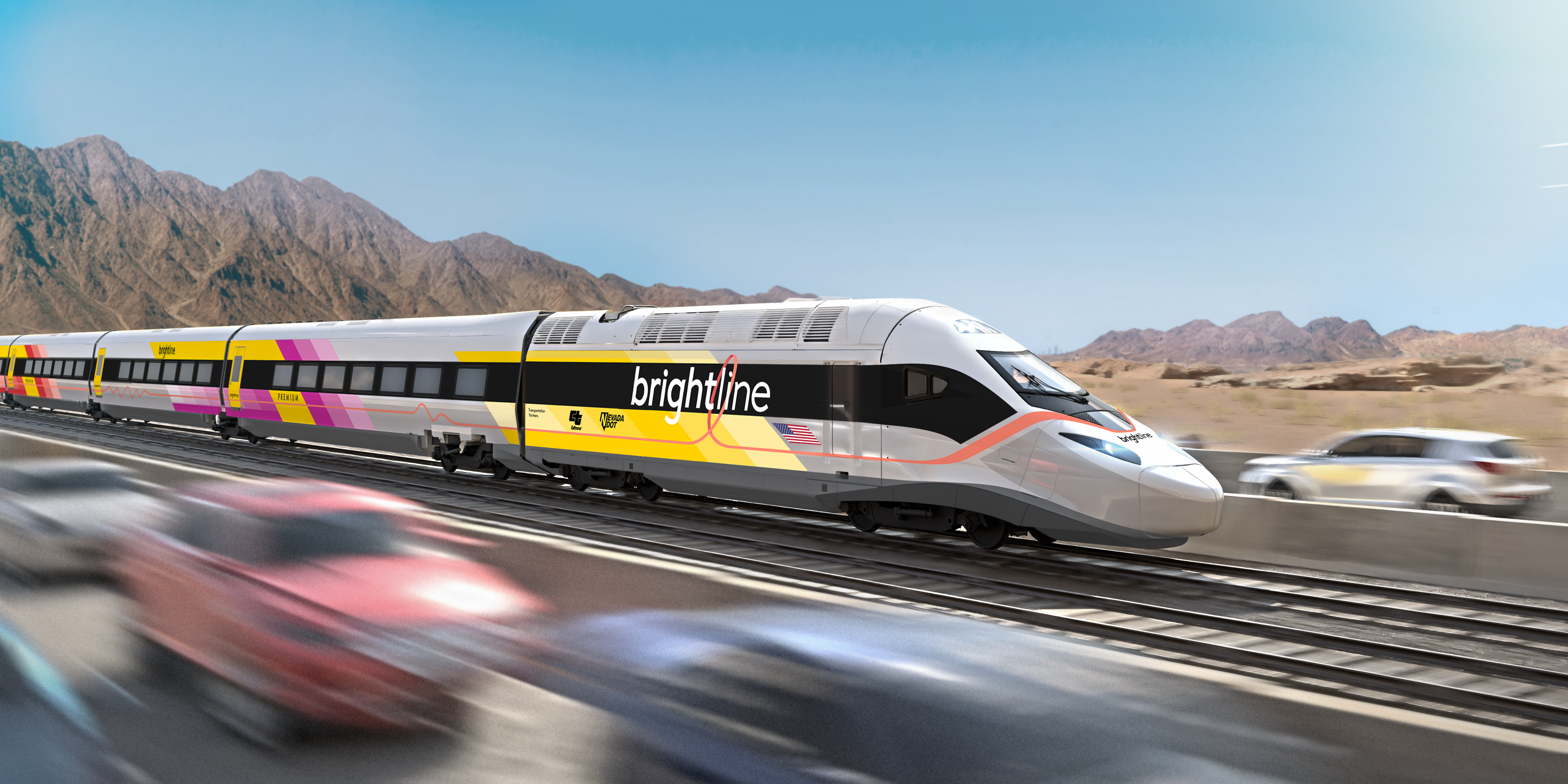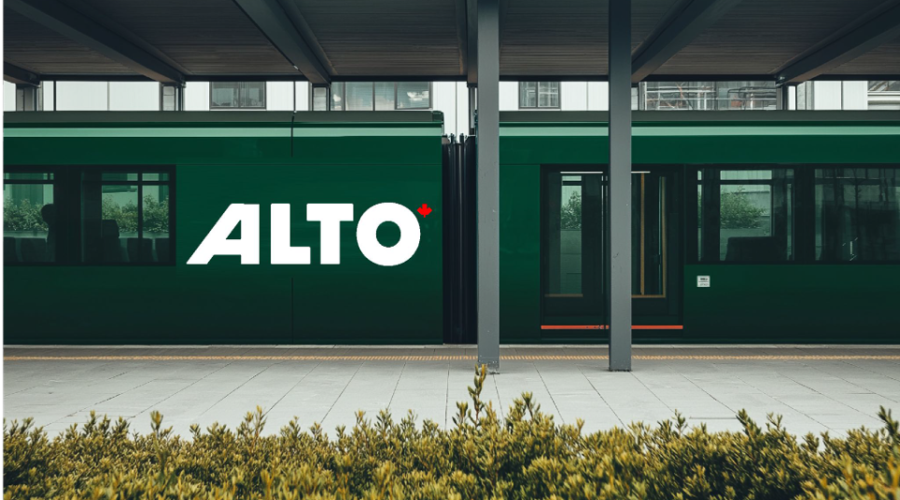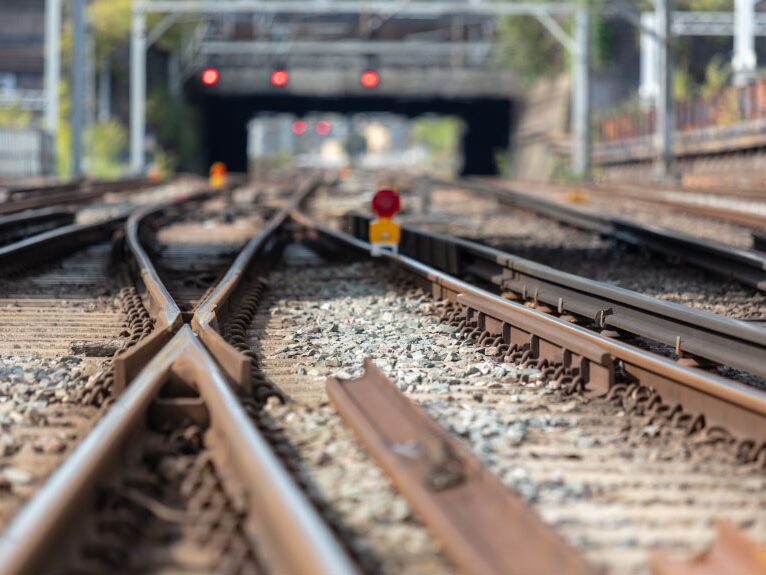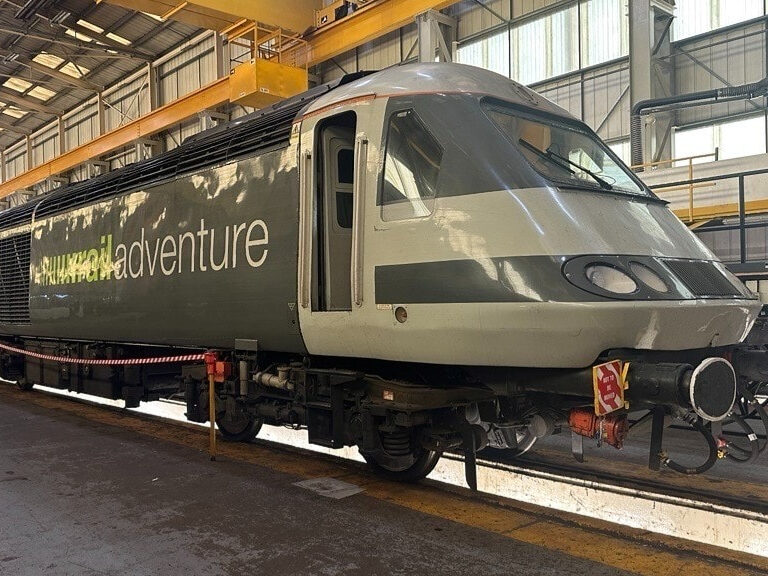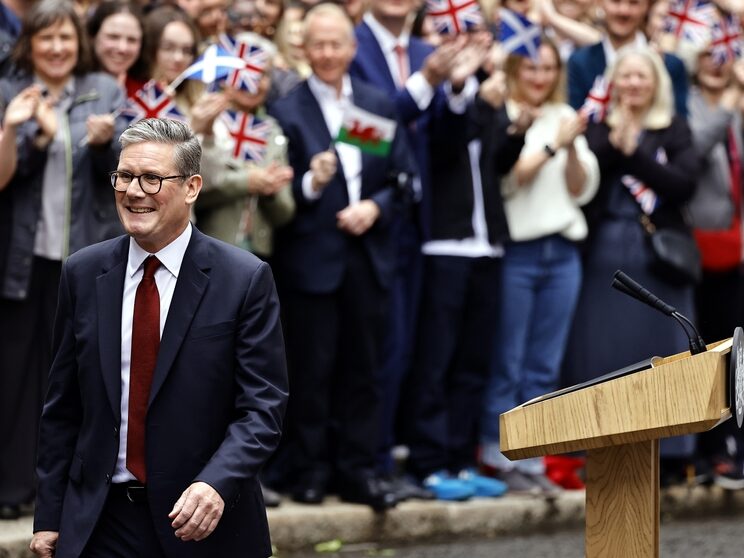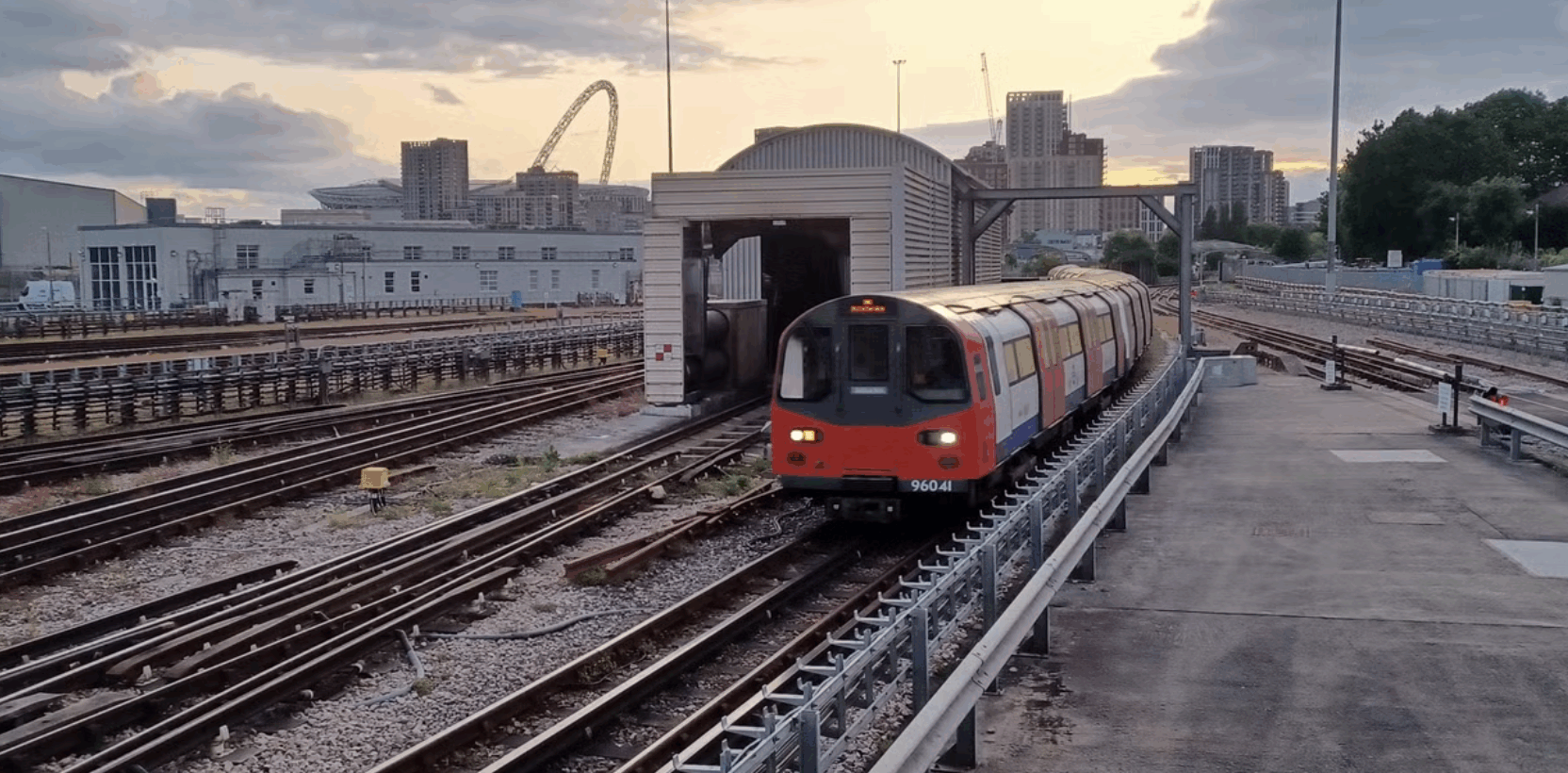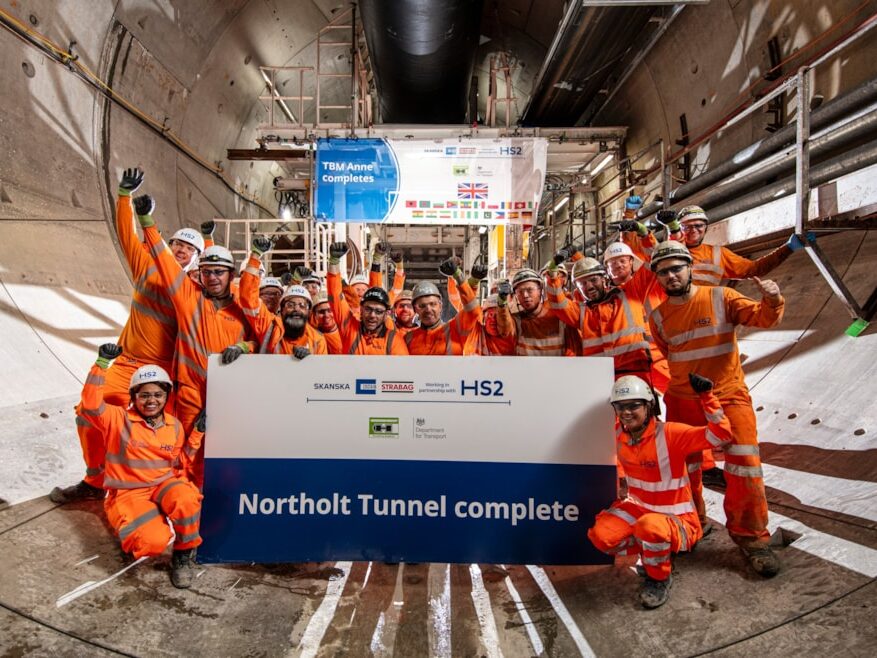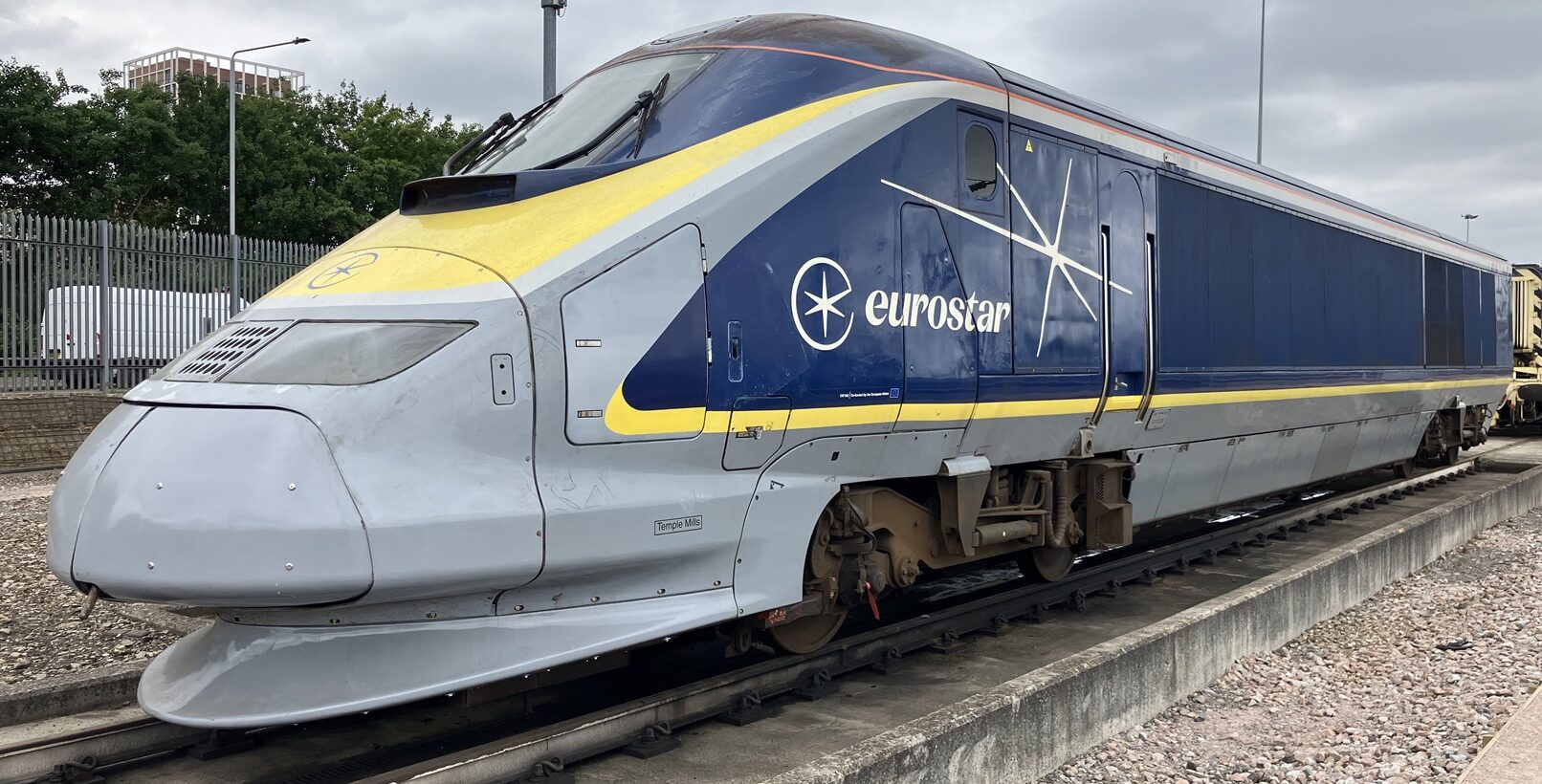In 2025, decarbonisation is the biggest talking point within any single industry you could name. All over the globe, products from Pringles, all the way to Persil, are being changed in the name of net-zero.
But when it comes to the rail industry, it’s not quite as simple as cardboard packaging. No, there are decades-old systems in place, fuels we’ve relied on for a century, efficiency born from years of refinement. Yet we live in a time when electric trains are bought and sold every day, systems are upgraded to remove unnecessary pollutants, and power is slowly shifting towards a greener future.
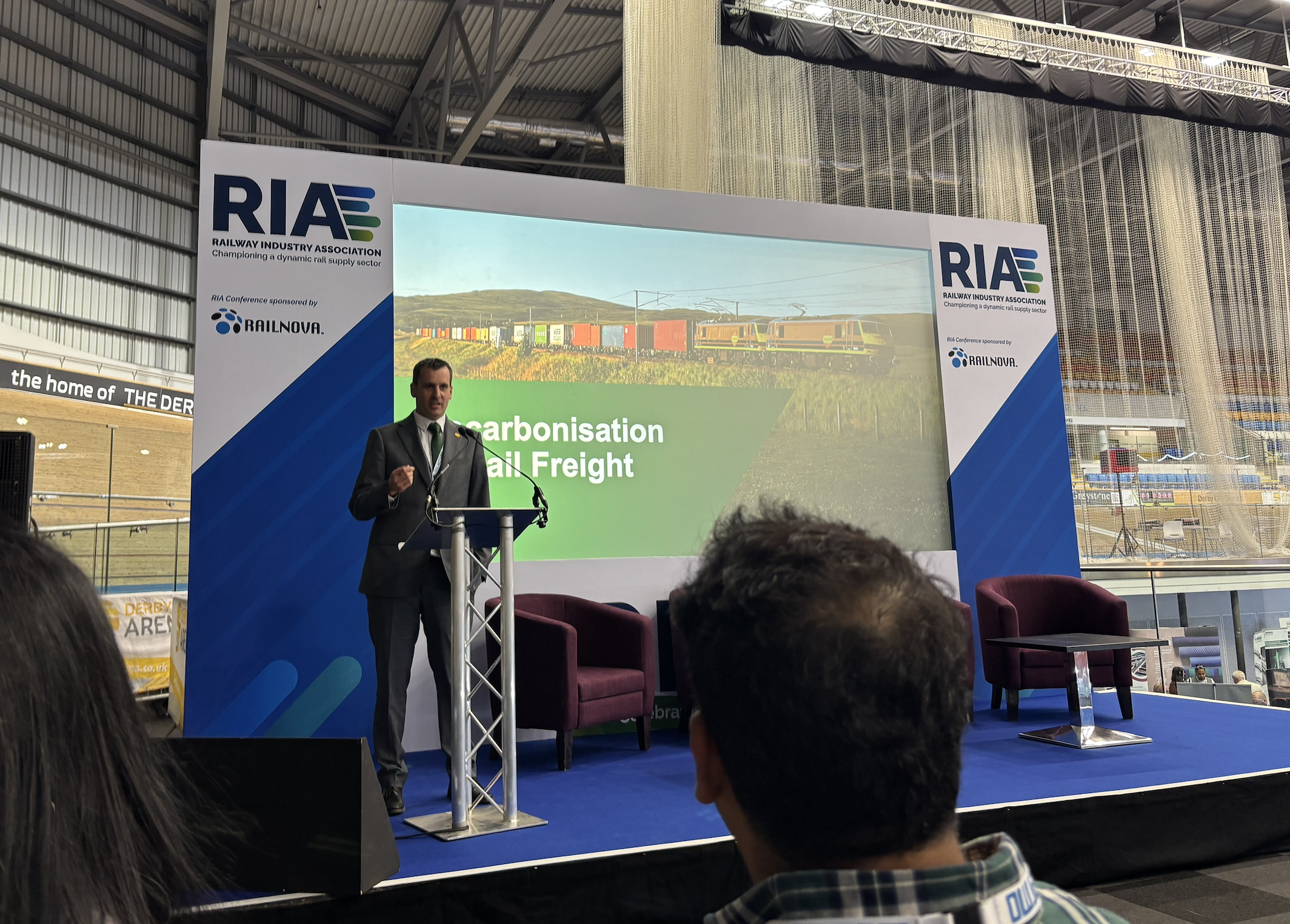
However, even with the great strides the rail industry has made to reduce its overall carbon footprint, another question remains: how can we decarbonise the freight sector? With its intense loads, long journeys and ever-changing landscape, the sector needs to begin to transition away from fossil fuels. But how?
At Rolling Stock Networking 2025 in Derby, Paul Long, Head of Engineering at Freightliner, discussed some of the difficulties the company is experiencing in the race to true decarbonisation.
Laying out Freightliner’s current lineup of locomotives, it’s clear that the company is attempting to transition to cleaner energy where possible. Of the 160 offerings, 26 Class 90 hybrid locomotives perform a number of rail operations throughout the week, operating primarily on the Great Eastern Mainline (GEML) to and from Ipswich, as well as the West Coast Mainline (WCML).
So, what’s holding the company back from expanding and replacing a large portion of their fleet with a more energy efficient alternative? The problems, it would seem, come from several different angles including cost, feasibility and true efficiency.
Paul claims that in the current climate, a new locomotive will run a company somewhere between five and eight and a half million GBP, and to replace the entire fleet, it would cost in the region of one billion GBP, depending on the technology required on board. Not an insignificant amount of money.
Paul also mentions that a large number of the locomotives currently in use are only a small way into their lifecycle, and with several of Freightliner’s units still fit for operation for at least another 24 years, it creates a situation in which freight operators may well be scrapping locomotives long before necessary.
Moving onto the subject of alternative fuels, Paul states that there are four main options that would currently be considered for replacing the estimated 150 million litres of diesel burned by the freight sector per year: low carbon alternative fuels, electrification, battery technology and hydrogen.
As an industry sector that, as stated by Paul himself, has almost literally built itself around the use of diesel with its large, heavy locomotives, the task of moving wholesale to a new fuel source will always come with some very hefty pros and cons.
First presenting the case for and against the use of low carbon fuels (HVO, GD+, eFuels, Synthetic fuels), Paul notes that whilst it would be the easiest solution to implement by far, it would also come with a significant cost not only in a monetary sense, but also in air quality, as well as pose a number of questions as to the origin of the fuels themselves, which Paul states can, at times, be hard to truly trace back to source.
Another issue is the supply chain, as Paul notes that whilst there are companies such as Zero Petroleum producing alternative fuel via the use of solar power, plants currently under development will only, initially, be capable of producing up to and around one million litres of diesel per year, which will require the construction of at least 150 plants for freight alone.
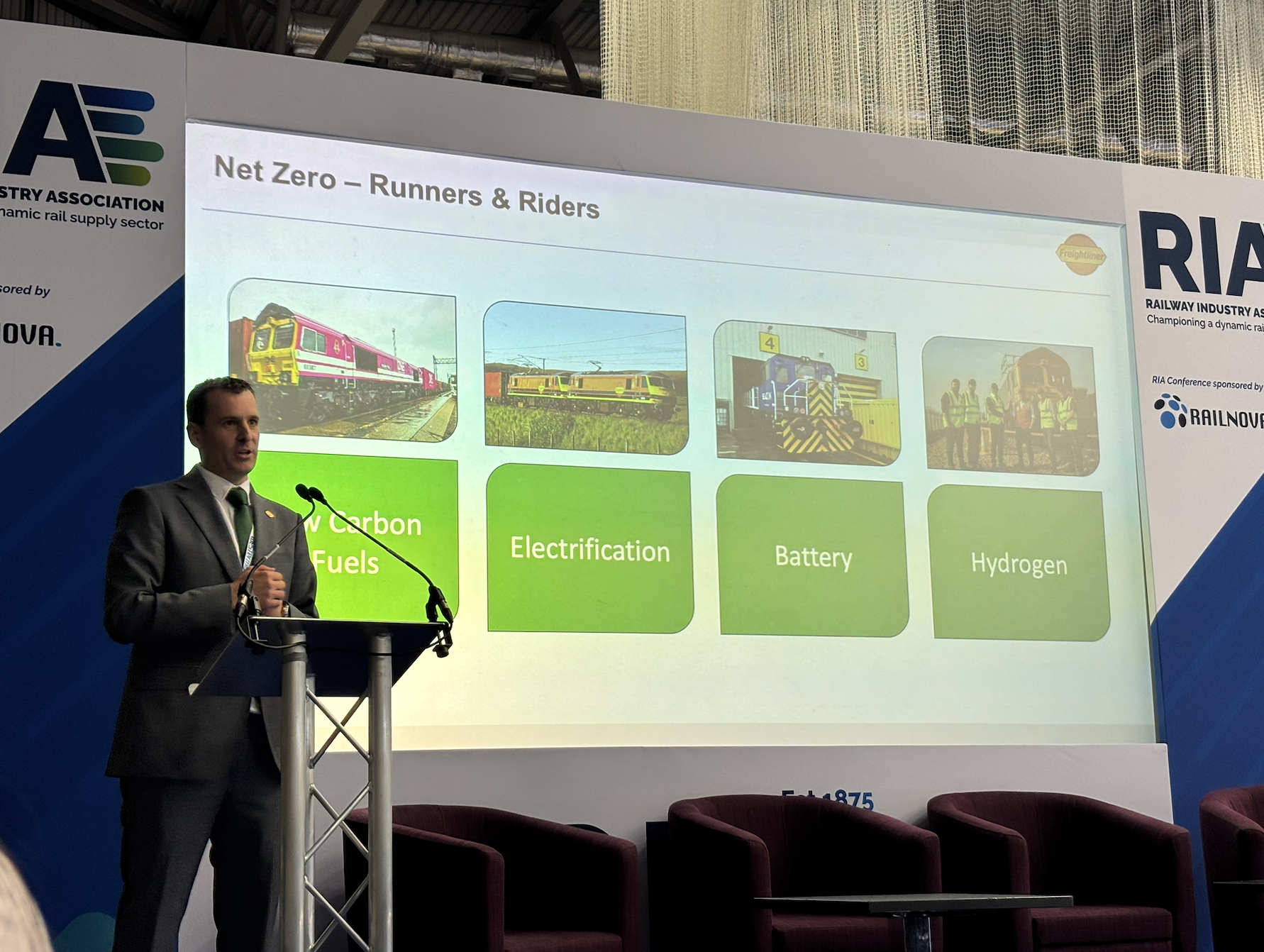
Moving onto electrification, proceedings turn to the question of infrastructure. Whilst Paul confirms that there have been large strides to electrify roughly a third of the rail network across the UK, many of these upgrades have not been taking freight into account, leaving them, currently, both unsuitable for heavy-duty operations and incapable of increasing capacity to include such movement, thus requiring huge investments into infrastructure each year until 2050 in order to provide the network with the necessary requirements.
As for battery technology, things certainly seem a lot more hopeful. With a lack of harmful emissions and the speed of the technology’s overall current development, battery power is almost a front runner for the industry’s conundrum, however, as with the rest of the alternatives, there are a few snags. The amount of batteries required to run a locomotive required to pull a freight service can, according to Paul, hover around 150, which then also poses questions of a fast charging infrastructure and, again, astronomical cost.
Things are much the same for hydrogen, which comes with the benefits of extremely low emissions and guaranteed government initiatives aiding its adoption, but also with issues relating to the volume of hydrogen required, the implementation of a dedicated fuelling infrastructure and the risks of carrying high pressure (700 bar) tanks with each service.
So, as Paul jokes, ‘all of these technologies are terrible because none of them are diesel’. However, Paul immediately moves on to say that this kind of industry shift has very much happened before, and it is not an impossibility, citing the move from steam engines to diesel in the first place, but whilst Freightliner will see massive social benefits from the move to a sustainable technology, financial value will not follow fast.
One more admittedly surprising solution for Freightliner comes not in the form of rail but, in fact, road. The company, and the sector as a whole, has now begun to invest in road-haulage services as the technology moves along at a faster and more economically-viable rate.
Charging points are becoming more commonplace, running costs are lower and each vehicle can last around 10-15 years, however, once again, nothing is truly ‘the perfect answer’. Paul claims that purchase prices are 45% higher, ‘fuelling’ times are longer which coupled with lower ranges means more headaches and a whole new skillset it required.
Above all, one thing is made very clear: in order for rail freight to achieve true decarbonisation, there has got to be a seismic shift in the way things are handled. Decarbonisation is not a ‘nice to have’, it is a must. ‘Small tweaks’, as Paul puts them, will not be the solution to the problems the sector faces in the years to come, and with time ticking, real change will have to come real fast.



